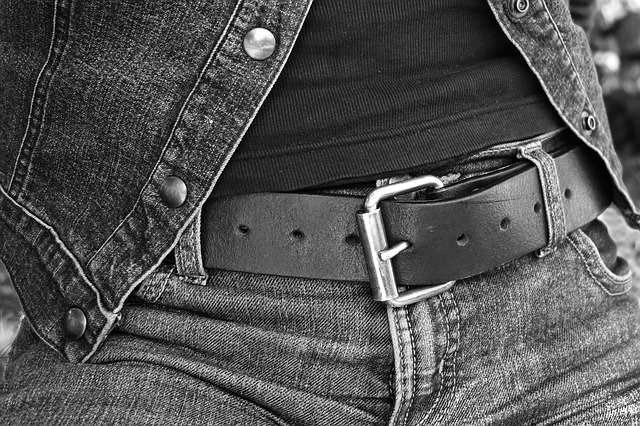FAQ about hip resurfacing and total hip replacement
The benefits and differences in these orthopedic surgeries.

What are some of the patient symptoms indicating a potential need for hip surgery?
Total hip replacement and hip resurfacing are designed to reduce hip pain and stiffness that develop in such conditions as osteoarthritis, rheumatoid arthritis or injuries that cause the joint to become rough and worn, resulting in pain, swelling, and stiffness when the bones rub together.
How is the resurfacing procedure different from a traditional hip replacement?
With traditional hip replacement surgery, the entire ball of the hip joint is removed and replaced with a smaller metal ball. The new procedure, hip resurfacing, preserves more of the patient’s bone because only the surface of the joint’s ball is removed to implant a new metal surface or cap.
The other part of the hip resurfacing system is a shallow metal cup that replaces the damaged surface of the hip socket. The cap moves within the cup – just like the hip’s ball and socket joint. The surfaces that rub against each other are made from a highly-polished metal. The result is a more normally shaped joint. Research has shown that joints with two metal components wear better than traditional replacement joints made from metal and plastic.
What are the patient benefits related to hip resurfacing?
Benefits of the metal-on-metal system used in hip resurfacing include the following:
- Preserves the patient’s bone.
- Enables young, active patients to resume sports activities.
- Eliminates hip dislocation and significantly reduces the problem of leg lengthening.
- Eliminates the problems of proximal femoral stress shielding and osteolysis caused by plastic wear debris associated with traditional hips.
Because hip resurfacing procedures and others like it are relatively new, there is no long-term data on patients. However, results to date indicate that the success rate of hip resurfacing after the first five to 10 years is better than those of conventional total hip replacement.
Who are the primary patients for hip resurfacing?
Candidates for the hip resurfacing surgery include:
- People under age 65 with hip arthritis.
- Very active people over age 65.
A detailed video on hip resurfacing and total hip replacement describing the benefits and differences in these orthopedic surgeries.
Article Source: Frequently Asked Questions About Hip Resurfacing – Orthopaedic Services.



